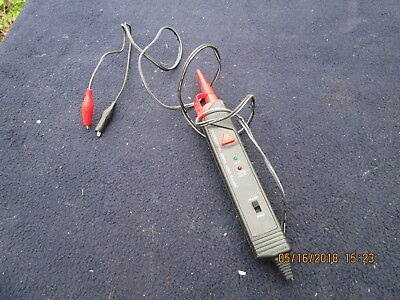The first thing you need to do is set up your shop. Your needs will vary from mine, so let's call this the 'idea' chapter.
One thing to consider: Many of these items are 'buy once' items. Take care of your tools, and you won't have to replace them. Also keep in mind that many of the tools I mention here, you may already own. As far as parts go, BUY IN BULK.
We are staring with a list of some large items you may need. Then on the next page we will list actual part numbers along with a link to where I purchase those parts.
It will be my MASTER parts list for the Mixer and other items I have purchased over the years. Any prices I post will be correct AT THE TIME OF POSTING. Thanks to Grandpa In Chief you never know how high things will get.
I buy a lot of items on AMAZON. Since I am a PRIME member, we usually get free shipping.
This way, I don't have to wait for a huge order with one of the other stores in order to get free shipping. That, and I usually get the AMAZON items the next day.
NOTE: ALL ELECTRONICS orders get to me in three days, That's not bad. I highly recommend them. (NOTE: Unfortunately, they closed in 2023) I also buy from Digi-Key and JAMECO.
These inexpensive board DID NOT hold up to soldering as well as I would have liked.
The pads tended to lift off when soldering. And the holes were not centered on the pads. SO I tried the one below.
----------------------------------------------------------------------------------------------
----------------------------------------------------------------------------------------------
Another great tool for designing digital circuits is the LOGIC PROBE.
I have used this one for years and years.
Radio Shack is long gone, but I did find this one on Amazon. (comes as a kit.) LOGIC PROBE KIT----------------------------------------------------------------------------------------------ORGANIZE, ORGANIZE, ORGANIZE.
I just went through an hour of trying to find a chip. I thought I had some but could NOT find them. So I ordered some more.
While I was waiting for the chips to arrive, I figured I might as well spend some time organizing and cleaning my little bench.
Guess what I found... Yep, the missing chips.
So remember to keep your area CLEAN and ORGANIZED... You will save a ton of time in the end.
So, now we have our shop set up and organized, it's time to start playing with power supplies.
But first, let's do a MASTER Parts List for you.
That's next time. Hope you come back !!!!
Well, that gives you an overview of what we are doing here.
In CHAPTER 2a, we will give you a LONG list of parts I have ordered over the years for a mixer and other projects. Just an ADDED BONUS.
----------------------------------------------------------------------------------------------
YOU CAN NOW MOVE ON TO CHAPTER 2a - - - PARTS LIST
----------------------------------------------------------------------------------------------
God Speed, Mother Nature




















No comments:
Post a Comment